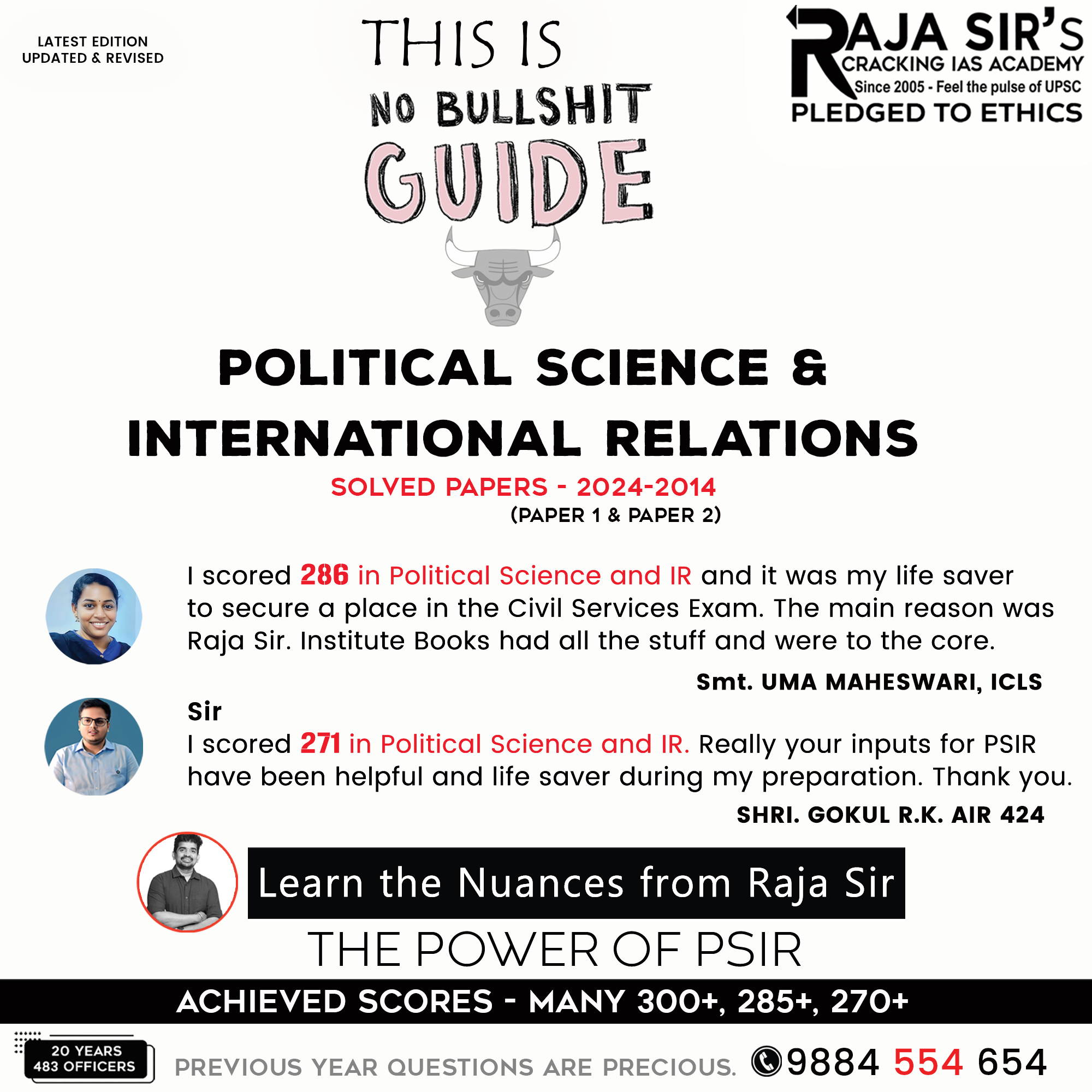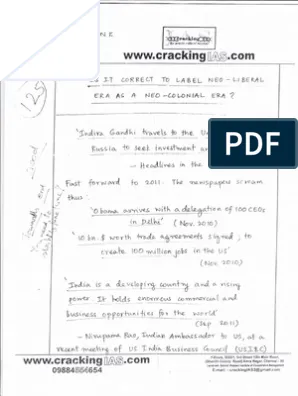- Home
- Prelims
- Mains
- Current Affairs
- Study Materials
- Test Series
Hannah Arendt analysed a few categories of vita activa. Explain. (UPSC CSE Mains 2025- Political Science and International Relations, Paper 1). 15 Marks
 Hannah Arendt, in her seminal work The Human Condition (1958), categorized the concept of vita activa—the active life—into three fundamental human activities: labor, work, and action. Each represents a distinct way in which humans engage with the world.
Hannah Arendt, in her seminal work The Human Condition (1958), categorized the concept of vita activa—the active life—into three fundamental human activities: labor, work, and action. Each represents a distinct way in which humans engage with the world.
 Labor – The Cycle of Necessity
Labor – The Cycle of Necessity
- Definition: Labor refers to activities necessary for biological survival, such as eating, sleeping, and reproduction.
- Characteristics:
- Repetitive and cyclical in nature.
- Tied to the natural processes of life and the human body.
- Produces no lasting artifacts or legacy.
- Realm: Associated with the private sphere (e.g., household), where survival needs are met.
- Status: Considered the lowest form of activity in Arendt’s hierarchy because it does not transcend necessity.
Work – The World of Durability
- Definition: Work involves the creation of artificial, durable objects—tools, buildings, artworks—that constitute the human-made world.
- Characteristics:
- Linear and goal-oriented.
- Produces permanent structures that outlast the individual.
- Reflects human capacity for planning, fabrication, and design.
- Realm: Belongs to the public world, shaping civilization and culture.
- Status: Higher than labor because it contributes to a stable, shared human world.
Action – The Realm of Freedom and Plurality
- Definition: Action is the activity of initiating new processes through speech and deeds in the presence of others.
- Characteristics:
- Unpredictable and irreversible.
- Requires plurality—the presence of others who are different yet equal.
- Reveals individual identity and fosters political freedom.
- Realm: Takes place in the public-political sphere, where individuals appear before others.
- Status: The highest form of vita activa, as it enables human freedom, responsibility, and legacy through storytelling and remembrance.
Arendt contrasts vita activa with vita contemplativa (the contemplative life), historically favored by philosophers like Plato.
- She warns that modern society overemphasizes labor and consumption, neglecting the higher values of work and action.
- Her framework critiques the depoliticization of modern life and calls for a revival of public engagement and political responsibility.
Arendt’s analysis of vita activa thus offers a profound lens to understand human existence—not merely as survival or productivity, but as a space for freedom, creativity, and political life.










 Latest News
Latest News
 General Studies
General Studies